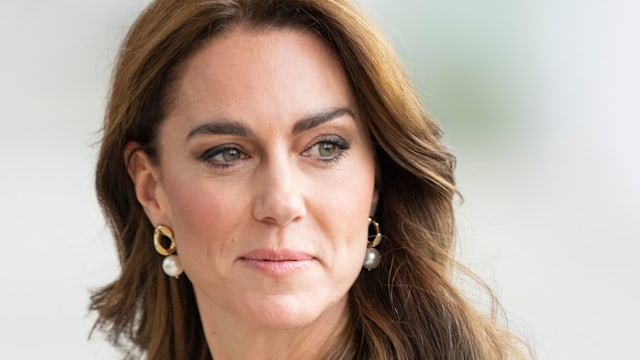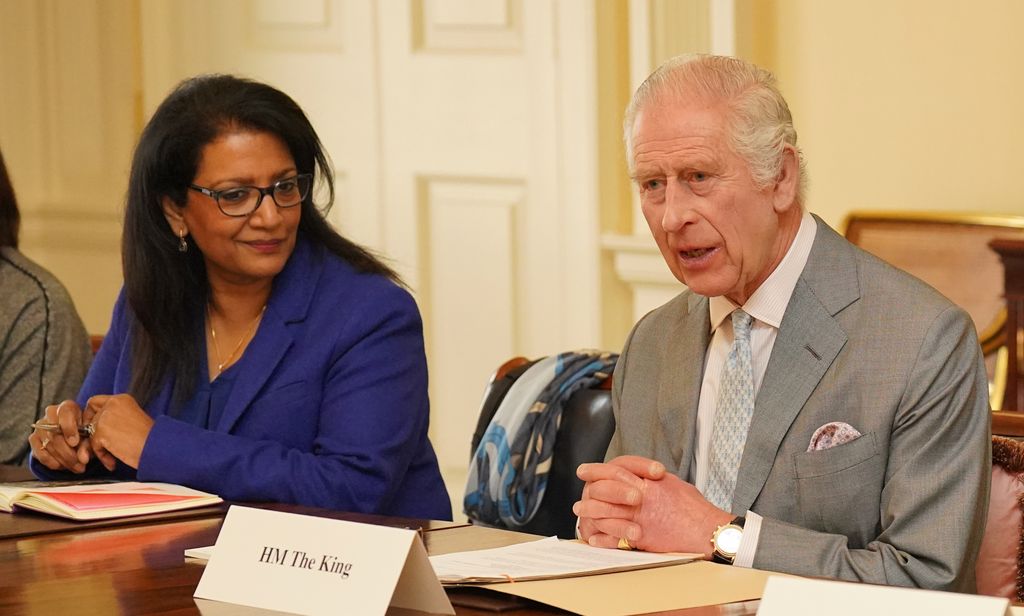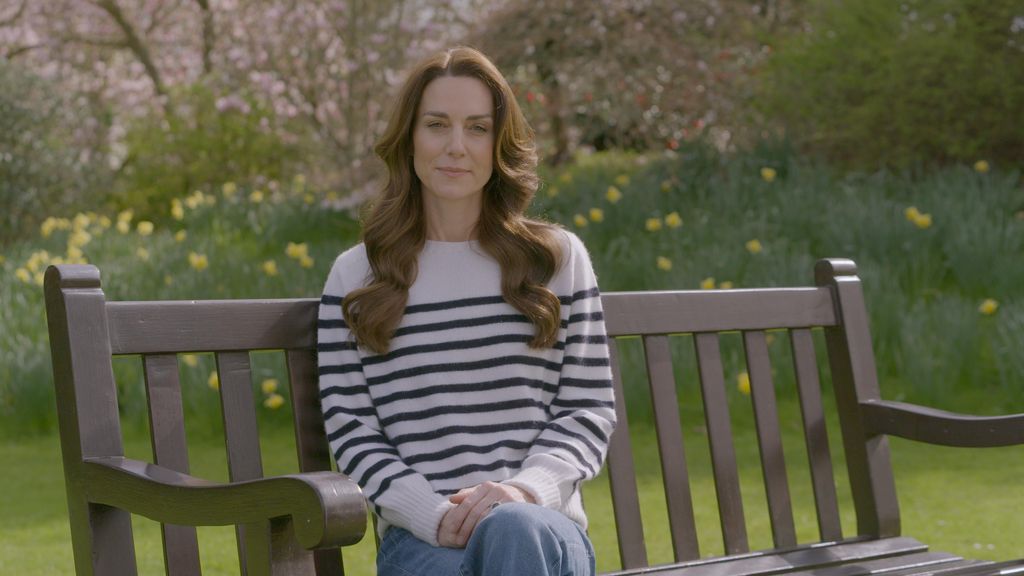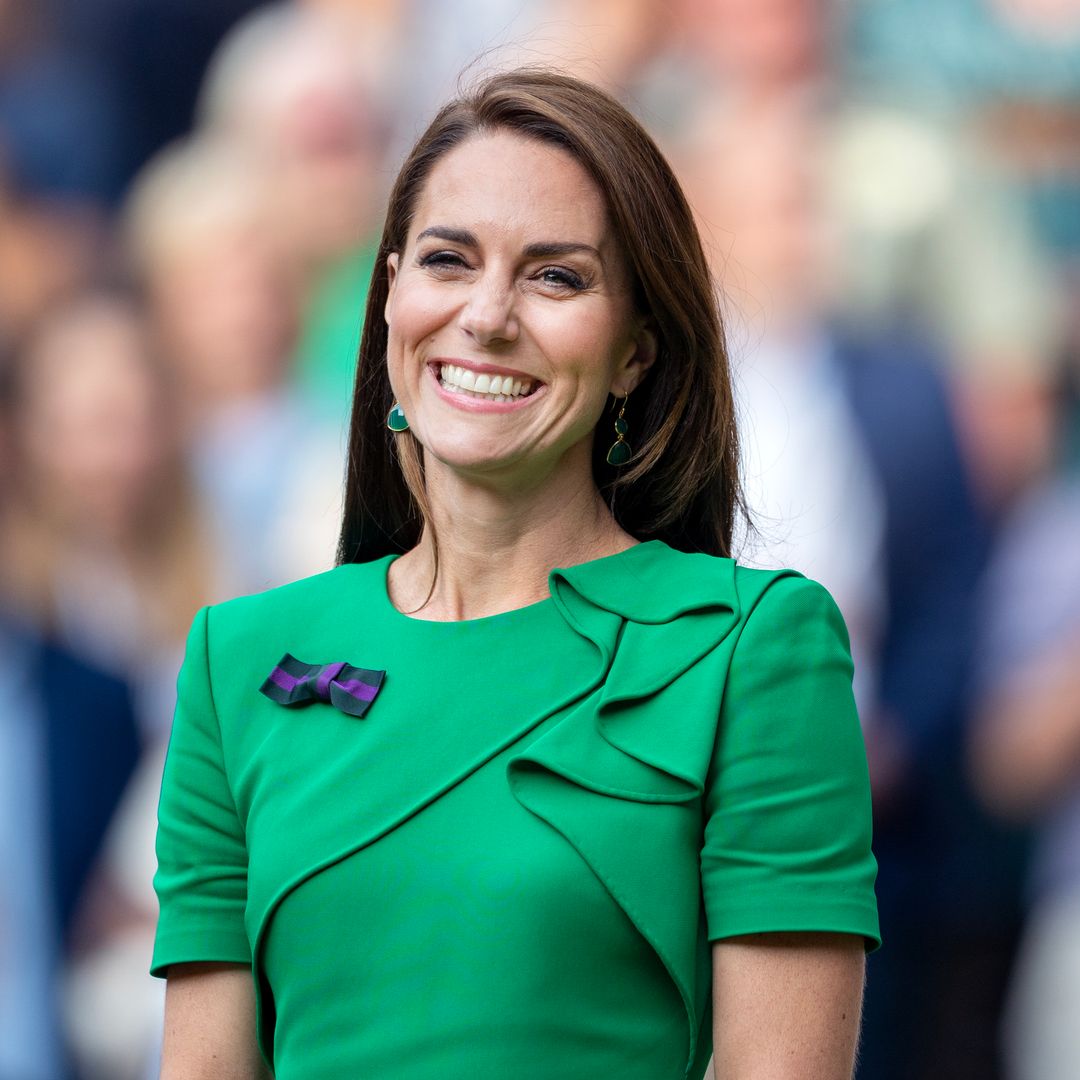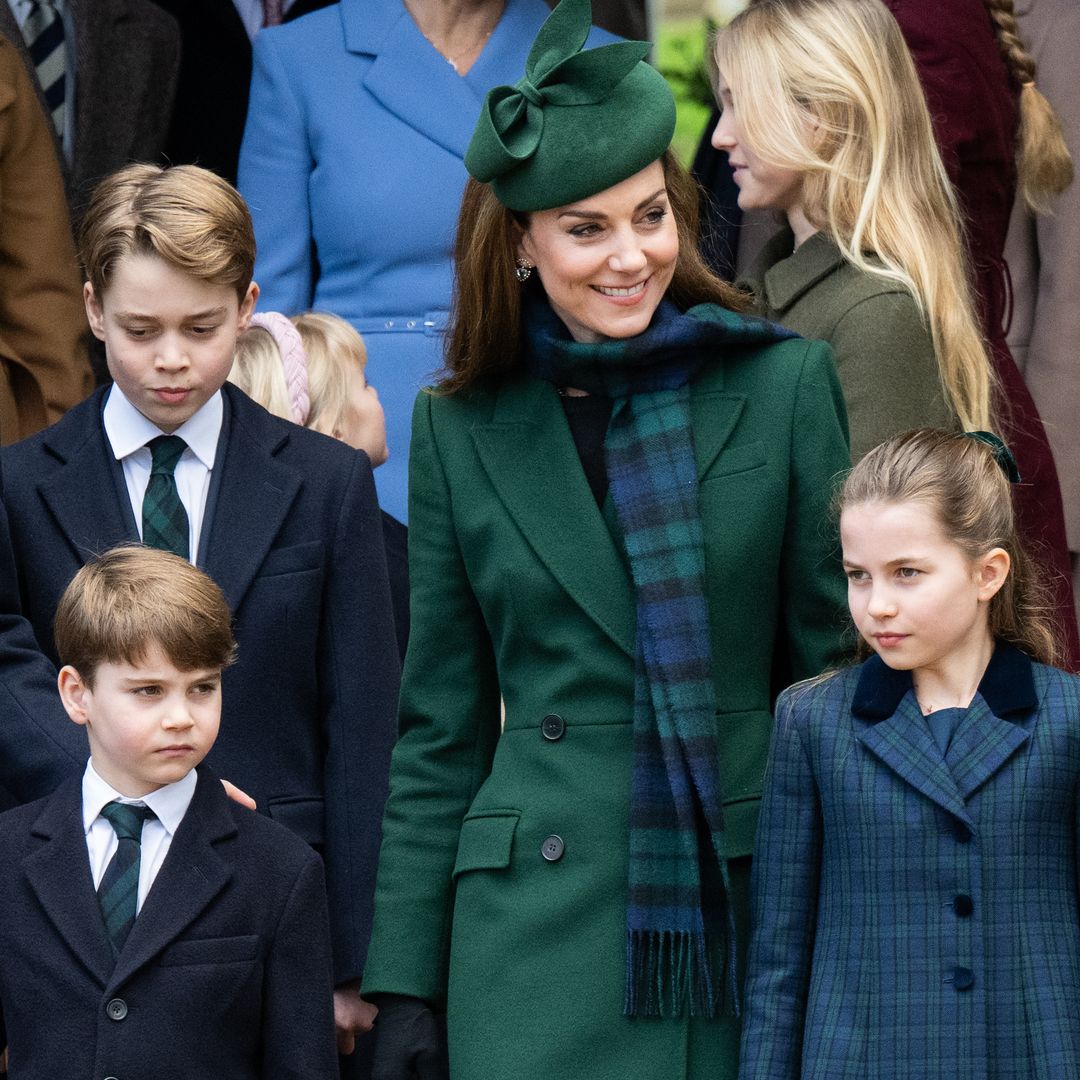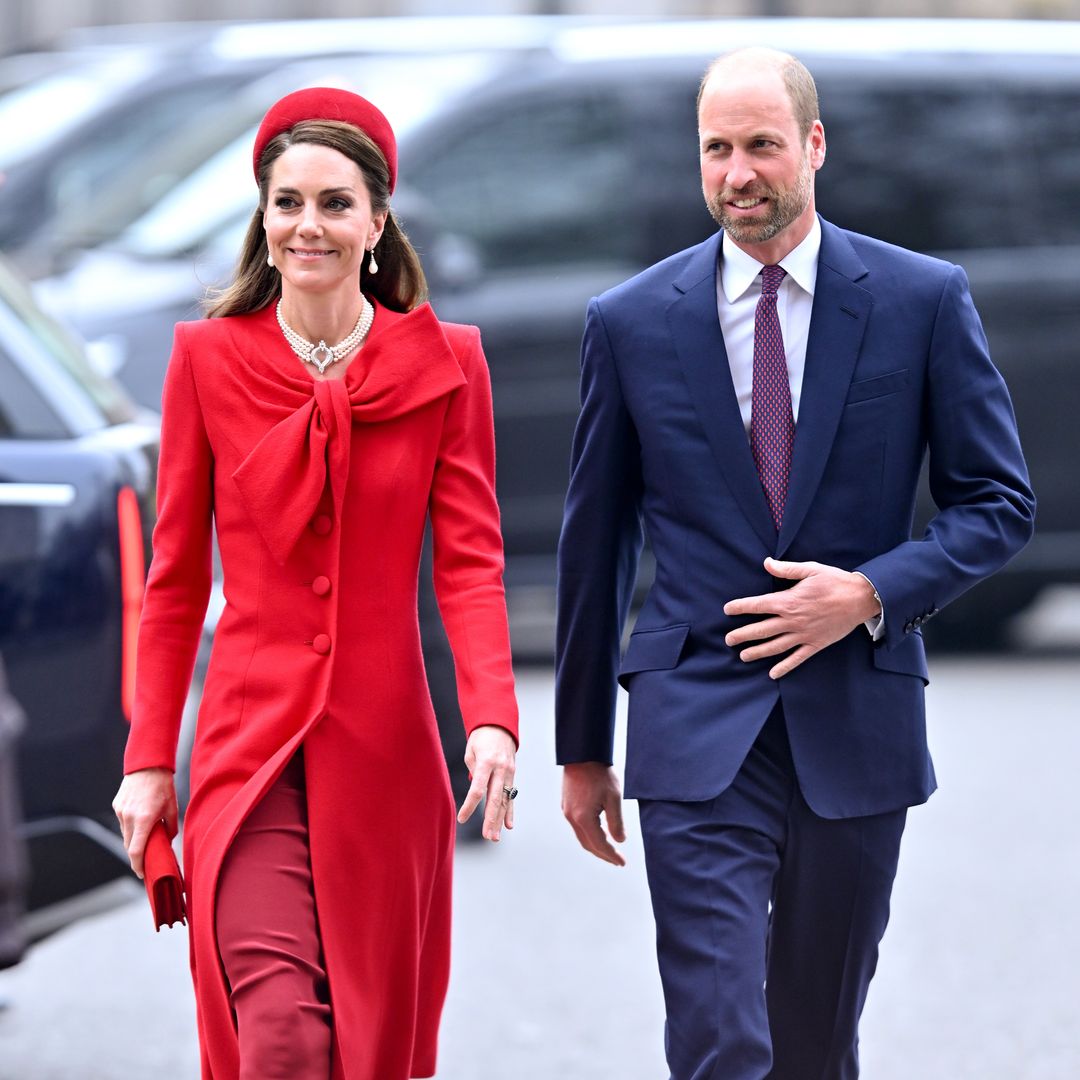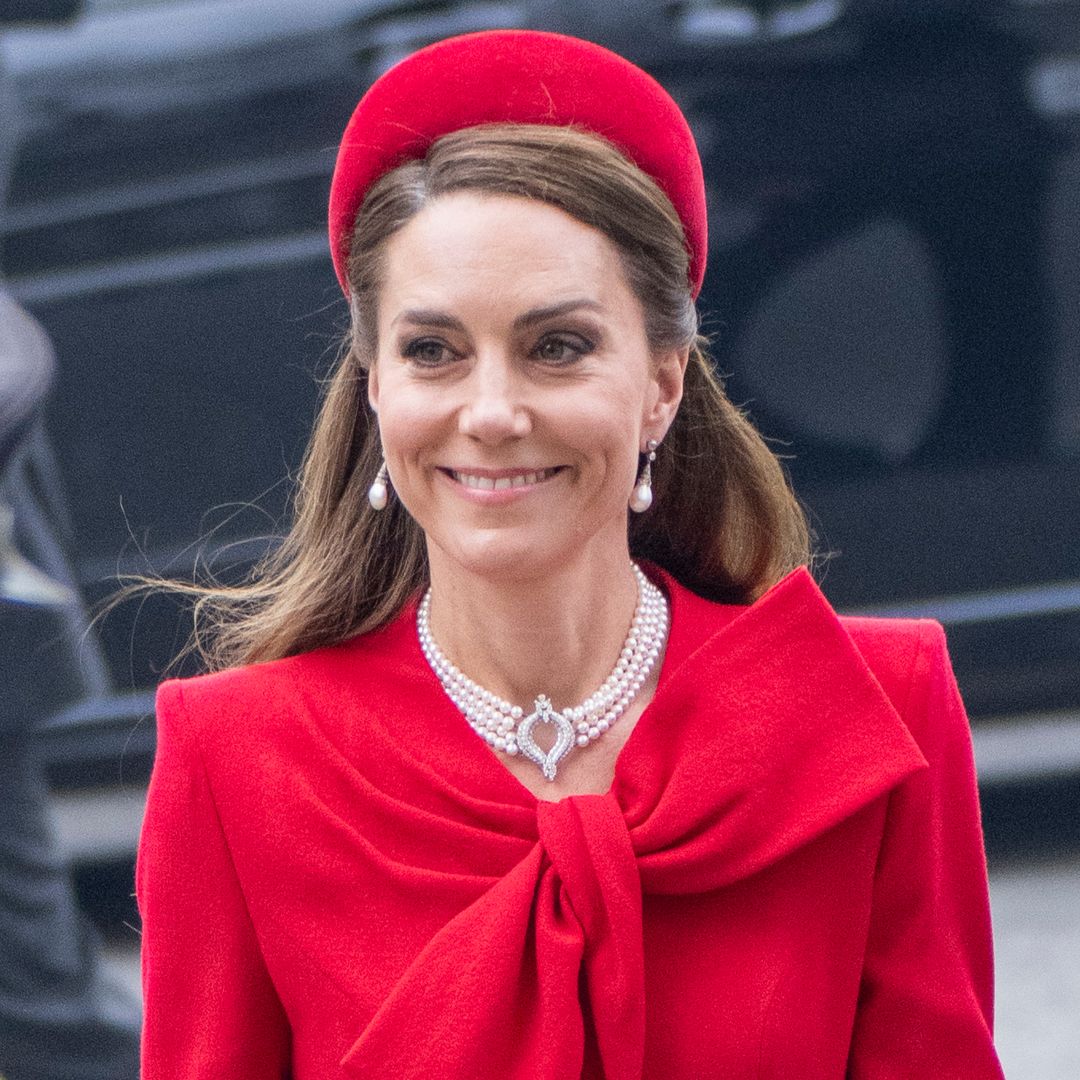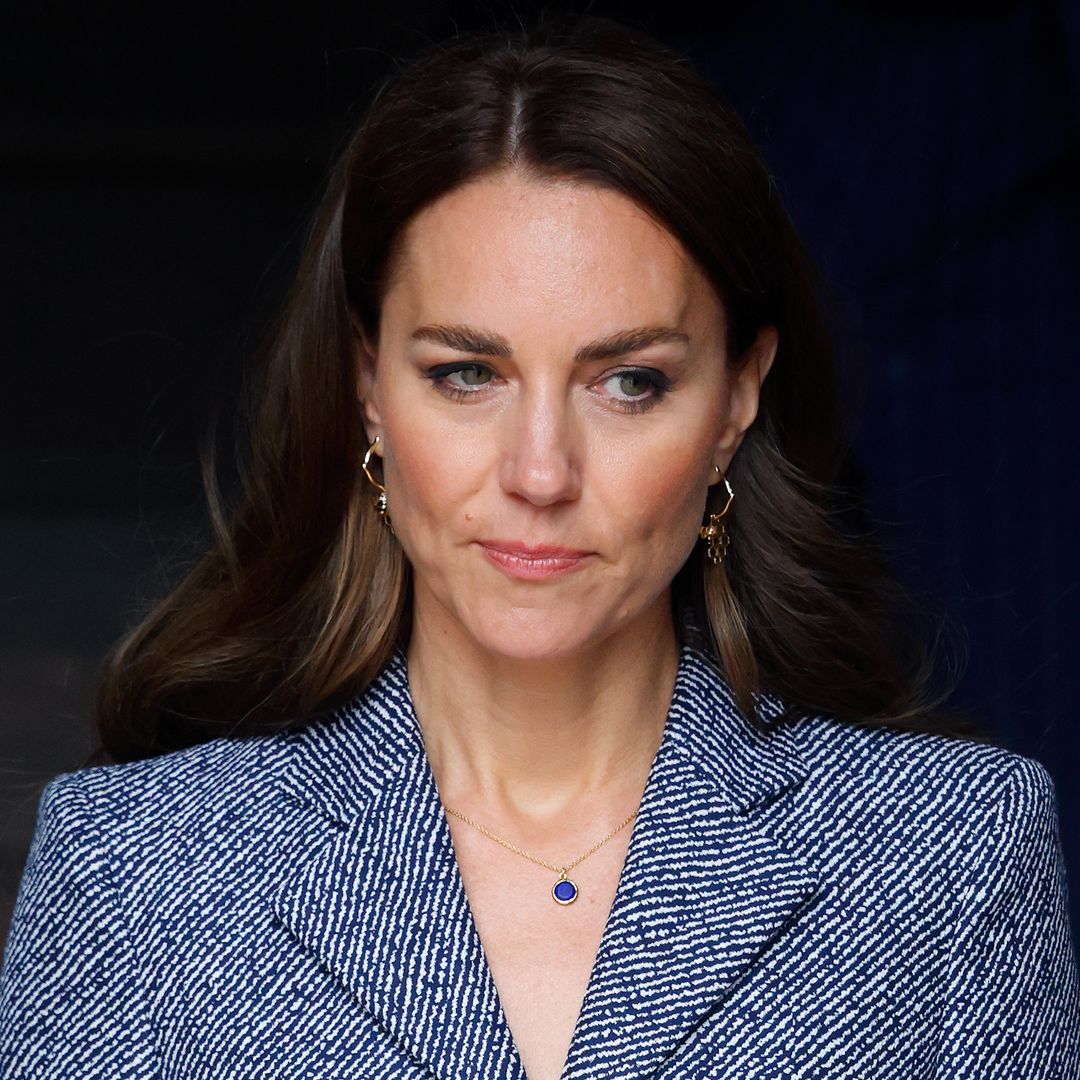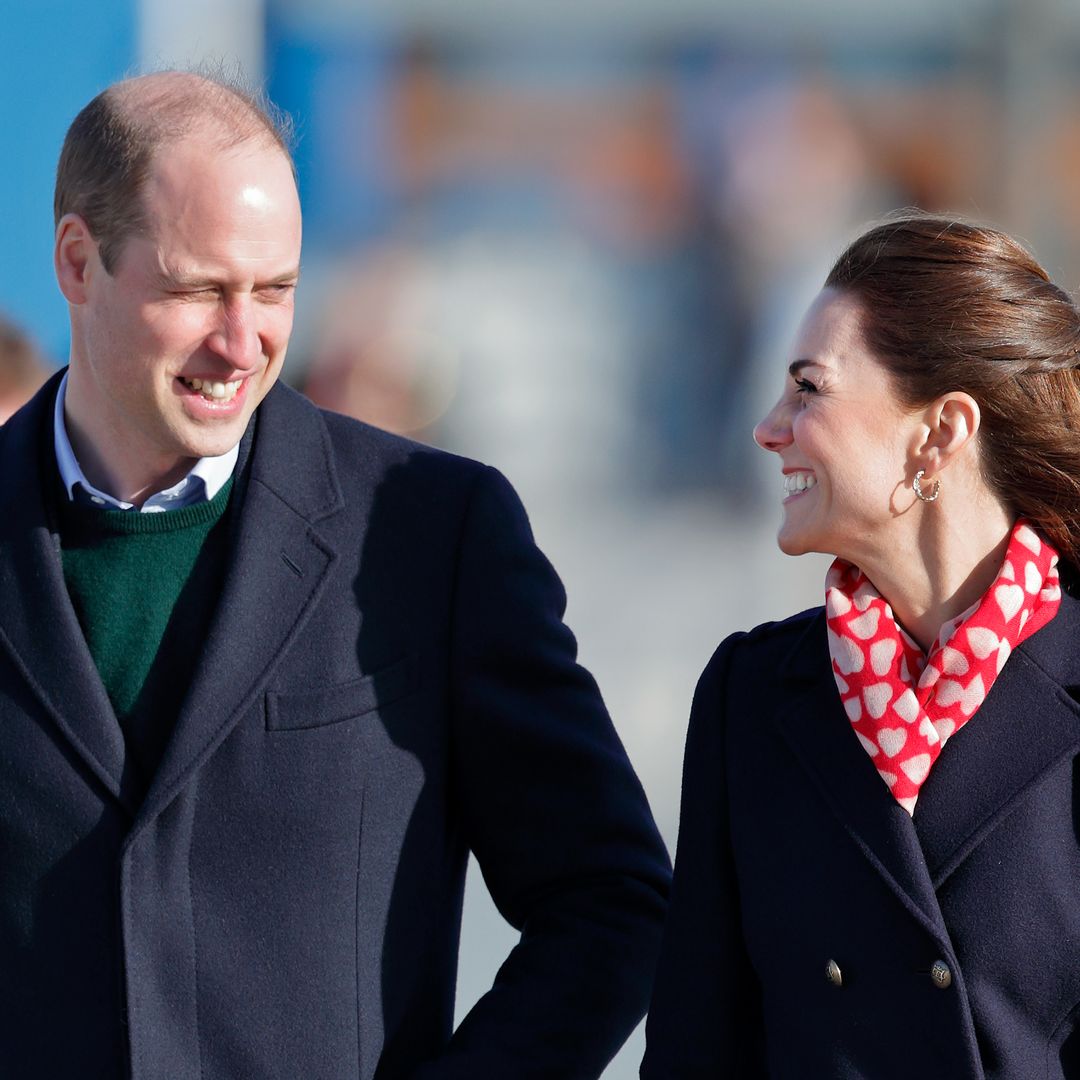The Princess of Wales is undergoing begun a course of preventative chemotherapy following a shock cancer diagnosis in late February. However, she will be making her first official appearance since Christmas Day at the King's birthday celebrations, known as Trooping the Colour.
Alongside a portrait taken by Matt Porteous, Kate spoke about her recovery, revealing she has "good days and bad days" and revealed how "delighted" she was to be attending Trooping the Colour alongside her hopes of more events over the course of summer.
Kate confirmed her diagnosis in late March and in a touching video, she thanked the public for their support as she recovered from abdominal surgery.
She explained what had happened in the weeks after her operation, saying: "In January, I underwent major abdominal surgery in London and at the time, it was thought that my condition was non-cancerous. The surgery was successful. However, tests after the operation found cancer had been present.
"My medical team therefore advised that I should undergo a course of preventative chemotherapy and I am now in the early stages of that treatment. This of course came as a huge shock, and William and I have been doing everything we can to process and manage this privately for the sake of our young family."
However, the Princess has not disclosed what type of cancer she has, with a Kensington Palace spokesperson stating at the time of the announcement: "We will not be sharing any further private medical information. The Princess has a right to medical privacy, as we all do. The Princess is now on a recovery pathway having commenced a course of preventative chemotherapy."
Similarly when King Charles' cancer diagnosis was confirmed on 5 February, Buckingham Palace did not share the type of cancer that the monarch is undergoing treatment for.
But his openness about his diagnosis is a stark contrast to how his late grandfather King George VI's ill health was handled. George VI died in the middle of the night on 6 February 1952 at Sandringham House.
He had survived a major operation to remove his left lung in September 1951, but succumbed to a blood clot just a few months later. It caused a coronary thrombosis, the blockage of the coronary arteries that carry blood to the heart, leading to a sudden collapse and fatal heart failure.
Meanwhile, Kate's decision to speak about her cancer treatment prompted a surge of visits to the websites of cancer charities and the NHS.
The Princess has been lauded for bravely revealing her diagnosis in such a personal manner and Macmillan Cancer Support said online traffic to its information and support pages was the highest weekend figure since the first Covid-19 lockdown.
Between Friday evening – when Kate's video message was released – and Sunday, there was close to 100,000 visits, ten per cent higher than this time last year. The same pages were visited almost 50,000 times in a single day, Macmillan said.
NHS England also reported a significant spike in visits to its cancer page online following the announcement.
